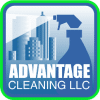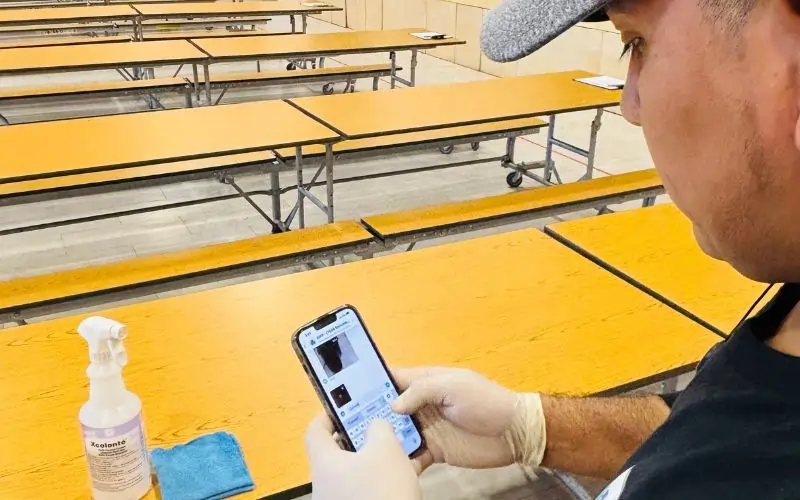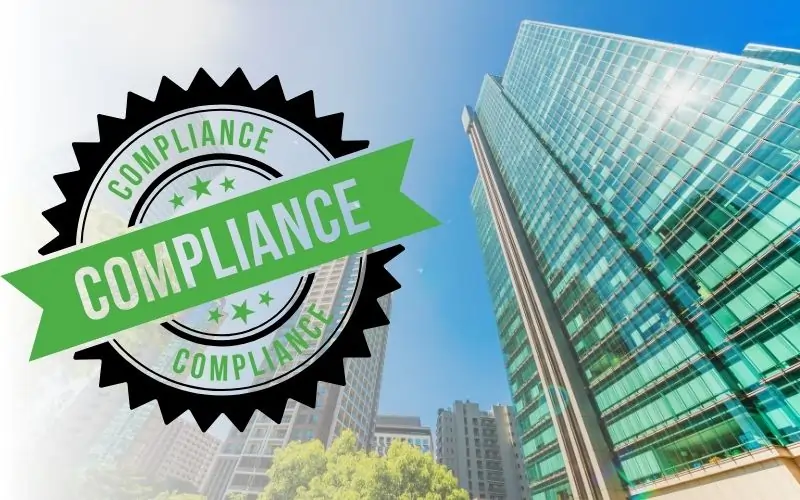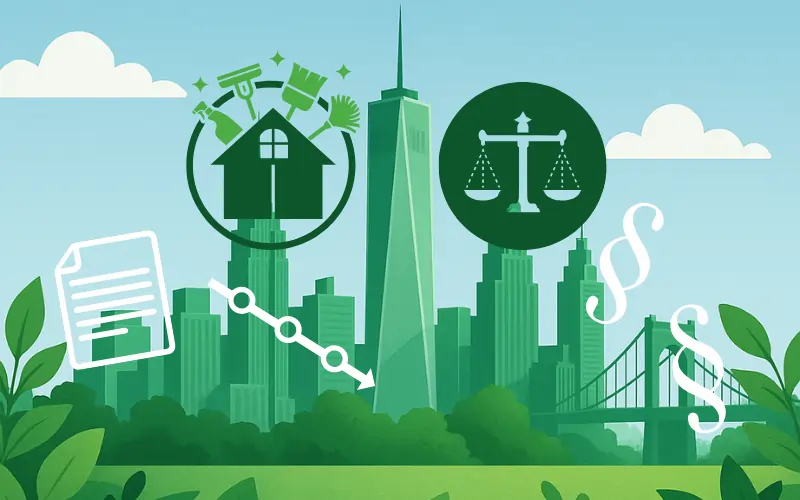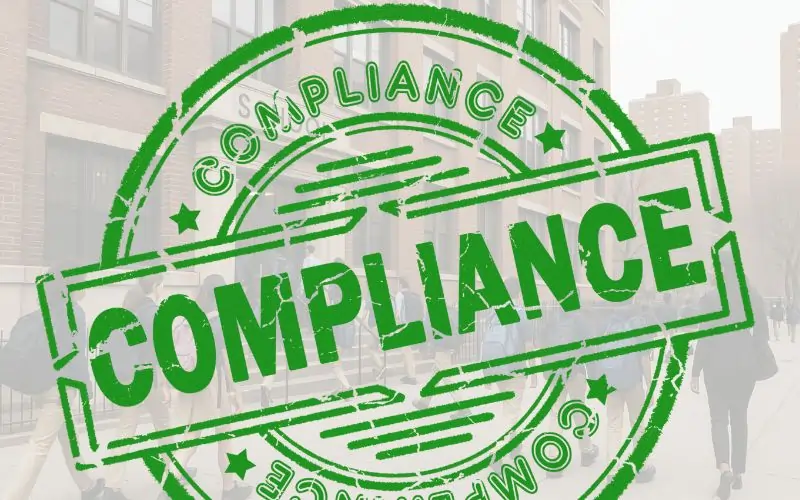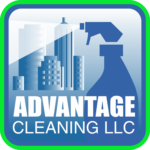Introduction: Why Classrooms Deserve Special Focus
School cleaning isn’t one-size-fits-all. While the entire school requires structured sanitation, the classroom is where students and teachers spend most of their time. This is why a targeted school classroom cleaning checklist is essential for creating a clean and healthy environment. Classrooms aren’t just learning spaces; they are daily contact zones for germs, dust, and allergens.
School Clean Isn’t About Appearances
Visual cleanliness is deceptive. A shiny desk doesn’t mean a germ-free desk. To keep the school clean, especially in classrooms, we must prioritize what can’t be seen: bacteria, viruses, and allergens on hard surfaces.
The Regulatory Landscape in New York and New Jersey
In New York, Education Law Section 409-I mandates the use of green cleaning products in schools. These products must meet the standards set by the OGS Green Cleaning Program OGS Program. New Jersey, though not mandating green cleaning, requires strict sanitation under PEOSH and the DOE Health and Safety Standards NJDOE.
Microbial Hotspots: The Risk of Poor Cleaning
Classrooms are breeding grounds for bacteria due to constant contact with desks, chairs, door handles, and light switches. Without a dedicated classroom cleaning checklist, high-risk surfaces are easily overlooked, increasing the chance of infection spread.
The Role of High Touch Surfaces
Every classroom has multiple high touch surfaces: light switches, soap dispensers, desk edges, door handles, shared markers, and learning tools. These surfaces need daily disinfecting to prevent germ spread.
Cross-Contamination is a Daily Risk
Using the same mop in a restroom and a classroom is not just lazy—it’s dangerous. Proper cleaning requires:
- Color-coded cleaning equipment
- Room-specific mop heads
- Staff training on contamination risks
Custodians Are Infection Control Agents
Janitors are no longer just cleaning up messes. They are the frontline defenders of school health. Training must include:
- Correct product usage
- Equipment handling
- Properly cleaned verification for checklists
The Daily Cleaning Breakdown for Classrooms
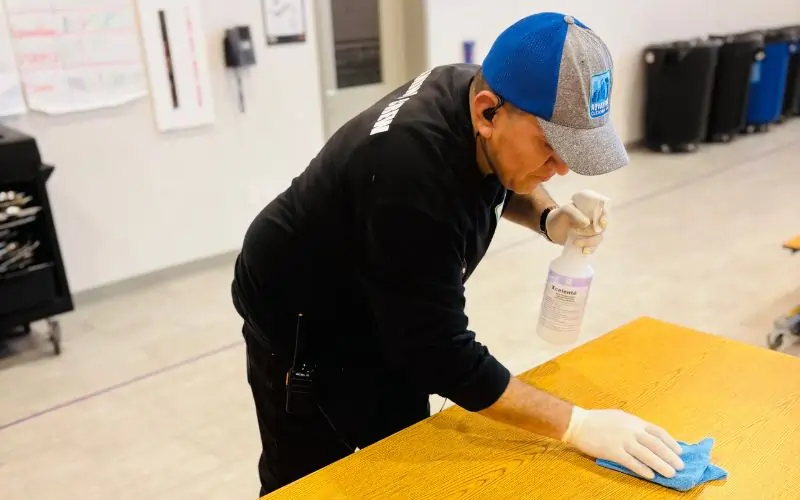
A robust daily cleaning routine helps ensure a healthy environment. The following cleaning checklist should be completed after every school day:
- Emptying trash cans and replace liners
- Disinfect desks, chairs, light switches, and door handles
- Sweeping and mopping floors
- Wipe windows, whiteboards, and mirrors
- Clean soap dispensers and restock paper towels
Weekly Tasks: Going Beyond the Surface
Weekly cleaning goes deeper:
- Dusting shelves, vents, and ceiling corners
- Vacuum under all furniture
- Sanitize learning tools and shared materials
- Wipe down walls, especially around hand-contact zones
Monthly and Quarterly Deep Cleaning
Deep cleaning must be part of any long-term classroom maintenance plan:
- Steam mopping floors and carpet extraction
- Cleaning light fixtures, baseboards, and inside storage units
- HVAC filter changes
- Spot-cleaning walls and floors
Annual Reset: Summer Cleaning Essentials
During summer breaks, classrooms should be completely cleaned:
- Strip and wax floors
- Deep clean of all surfaces and equipment
- Check and clean vents and air ducts
- Sanitize tech (projectors, keyboards, smartboards)
Air Quality Is a Cleaning Task Too
Poor air quality results from dusty vents and improper cleaning. Integrate into the school classroom cleaning checklist:
- Clean air vents
- Use HEPA filter vacuums
- Coordinate with HVAC maintenance teams
Electronics and Educational Tools
From headphones to tablets, tech tools carry germs too. Clean them with:
- Alcohol-based wipes for electronics
- Special care for cords and battery compartments
- Disinfect shared classroom materials like manipulatives and kits
Clutter Control
Mess equals missed spots. Keep the classroom tidy:
- Remove old papers, food wrappers, and unused items
- Organize desks and supply bins
- Use containers to manage clutter
Trash Management
Improper trash can handling spreads germs:
- Empty trash cans daily
- Use liners and close bags properly
- Dispose waste in designated disposal areas
The Value of Compliance Documentation
A checklist isn’t just a tool; it’s a record:
- Timestamped cleaning logs
- Supervisor sign-offs
- Staff notes for maintenance issues
Classrooms Require Specialized Cleaning
Art rooms, labs, and break rooms each need custom protocols:
- Labs: sanitize benches and chemical contact points
- Art rooms: clean sinks and wipe tools
- Break rooms: disinfect tables, sinks, and microwaves
Team Coordination and Training
Cleaning staff need clarity:
- Task assignments
- Access to proper cleaning equipment
- Ongoing training for compliance and safety
The Final Word: Clean Isn’t Optional
A school classroom cleaning checklist isn’t just about cleanliness. It’s about the safety, health, and success of the entire school community. Schools in New York and New Jersey face legal mandates, but the real mission is higher: to build a learning space that protects.
For detailed compliance resources:
- New York State Green Cleaning Program
- New Jersey Department of Education – Health and Safety
- EPA List N Disinfectants
We share our expertise on school health and safety through awareness and guidence of school cleaning services, school cleaning checklists, and school disinfection.

A higher grade of School Cleaning
Frequently Asked Questions – School Janitorial Services
Worth reading
NYC Green Cleaning Compliance for Facility Managers
Why Compliance Is Non-Negotiable In New York City, green cleaning isn’t optional—it’s mandated by a…
NYC Green Cleaning Regulation: Guide for NYC Facility Managers
Is Green Cleaning a Legal Requirement in NYC? Green cleaning is a legal obligation in…
Compliance for NYC School Facilities – Guide for Facility Executives
This article is a practical blueprint for Charter School Chief Operating Officers responsible for outsourced…
